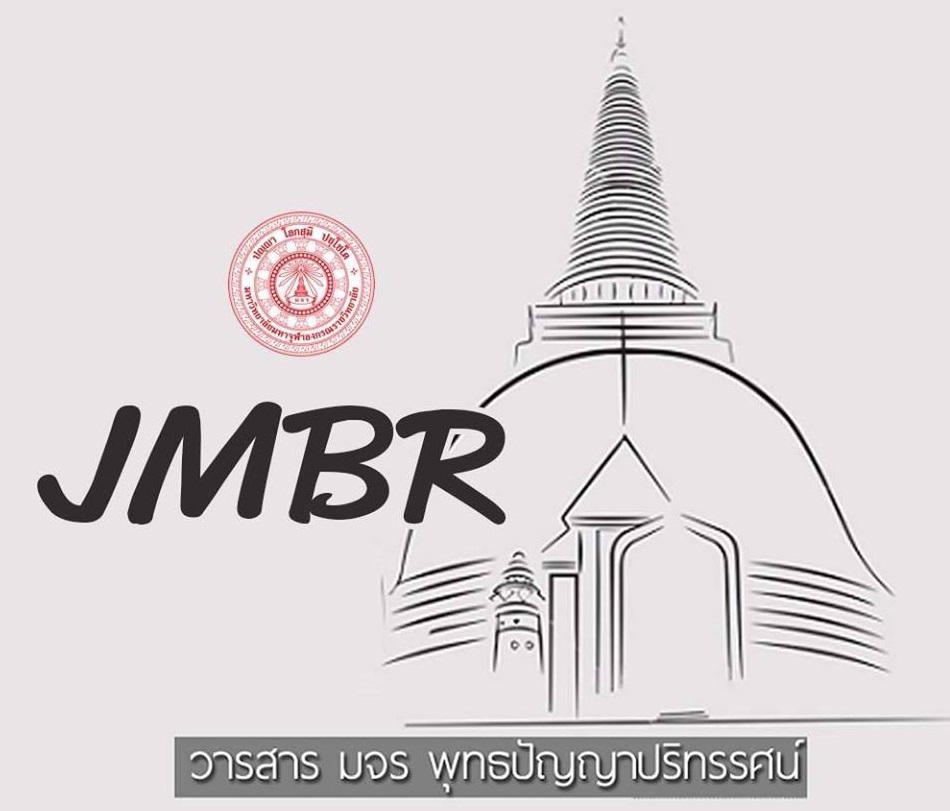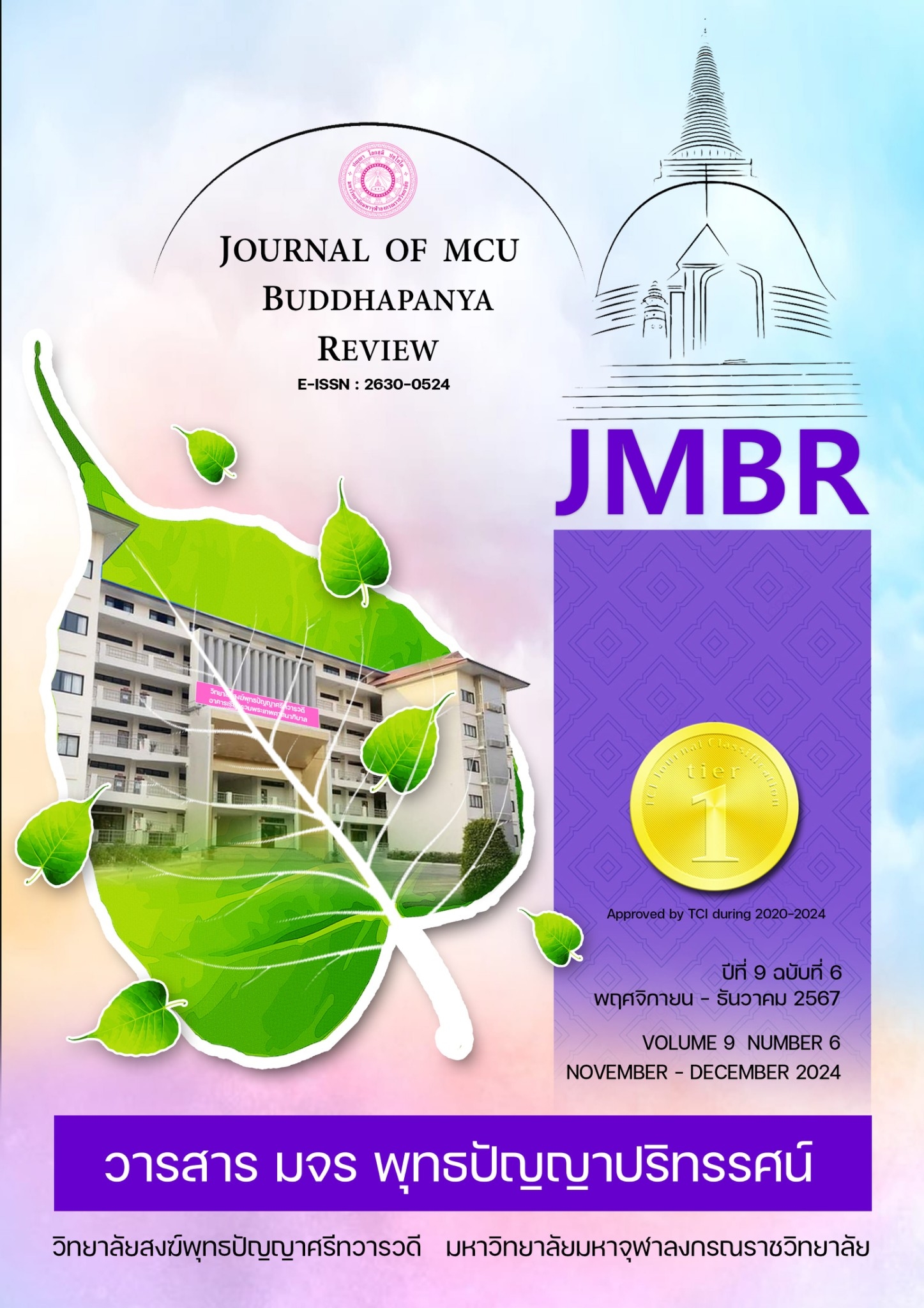การพัฒนาทักษะการคิดอย่างมีวิจารณญาณและทักษะการแก้ปัญหาอย่างสร้างสรรค์ ของนักเรียนระดับชั้นมัธยมศึกษาปีที่ 5 ด้วยการจัดการเรียนรู้โดยใช้ปัญหาเป็นฐาน
คำสำคัญ:
ทักษะการคิดอย่างมีวิจารณญาณ ทักษะการแก้ปัญหาอย่างสร้างสรรค์ การจัดการเรียนรู้โดยใช้ปัญหาเป็นฐาน (PBL)บทคัดย่อ
การวิจัยครั้งนี้ มีวัตถุประสงค์ 1) เพื่อพัฒนาทักษะการคิดอย่างมีวิจารณญาณ ของนักเรียนชั้นมัธยมศึกษาปีที่ 5 ด้วยการจัดการเรียนรู้โดยใช้ปัญหาเป็นฐาน นักเรียนร้อยละ 80 ผ่านเกณฑ์ร้อยละ 80 ขึ้นไป และ 2) เพื่อพัฒนาทักษะการแก้ปัญหาอย่างสร้างสรรค์ของนักเรียนชั้นมัธยมศึกษาปีที่ 5 ด้วยการจัดการเรียนรู้โดยใช้ปัญหาเป็นฐาน นักเรียนร้อยละ 80 ผ่านเกณฑ์ร้อยละ 80 ขึ้นไป กลุ่มเป้าหมาย คือ นักเรียนชั้นมัธยมศึกษาปีที่ 5/15 โรงเรียนขอนแก่นวิทยายน จำนวน 44 คน เป็นการวิจัยเชิงปฏิบัติการ (Action Research) เครื่องมือที่ใช้ในการวิจัย แบ่งเป็น 3 ประเภท ได้แก่ 1) เครื่องมือที่ใช้ในการทดลองเชิงปฏิบัติการ 2) เครื่องมือที่ใช้ในการสะท้อนผลเชิงปฏิบัติการ 3) เครื่องมือที่ใช้ในการประเมินผลการวิจัย ประกอบด้วย (1) แบบวัดทักษะการคิดอย่างมีวิจารณญาณ และ (2) แบบวัดทักษะการแก้ปัญหาอย่างสร้างสรรค์ วิเคราะห์ข้อมูลเชิงปริมาณโดยใช้ค่าสถิติพื้นฐาน คือ ค่าเฉลี่ย ( ) ส่วนเบี่ยงเบนมาตรฐาน (S.D.) และค่าร้อยละ (Percentage) ส่วนข้อมูลเชิงคุณภาพ วิเคราะห์ข้อมูลสรุปเป็นความเรียงด้วยการพรรณนาวิเคราะห์
ผลวิจัย พบว่า 1. การพัฒนาทักษะการคิดอย่างมีวิจารณญาณของนักเรียนระดับชั้นมัธยมศึกษาปีที่ 5 ด้วยการจัดการเรียนรู้โดยใช้ปัญหาเป็นฐาน (PBL) มีจำนวนนักเรียนผ่านเกณฑ์ 44 คน คิดเป็นร้อยละ 100 ผ่านเกณฑ์ร้อยละ 80 เฉลี่ยเป็นร้อยละ 83.98 แสดงให้เห็นว่า นักเรียนผ่านเกณฑ์ร้อยละ 80 ขึ้นไป เป็นไปตามเกณฑ์ที่กำหนด 2. การพัฒนาทักษะการแก้ปัญหาอย่างสร้างสรรค์ของนักเรียนระดับชั้นมัธยมศึกษาปีที่ 5 ด้วยการจัดการเรียนรู้โดยใช้ปัญหาเป็นฐาน (PBL) มีจำนวนนักเรียนผ่านเกณฑ์ 44 คน คิดเป็นร้อยละ 100 ผ่านเกณฑ์ร้อยละ 80 เฉลี่ยเป็นร้อยละ 83.24 แสดงให้เห็นว่า นักเรียนผ่านเกณฑ์ร้อยละ 80 ขึ้นไป เป็นไปตามเกณฑ์ที่กำหนด
เอกสารอ้างอิง
Danita Duangwilai. (2022). Innovative Learning Management for Thai Language Teachers.
Khon Kaen: Printing House Khon Kaen University.
Dressel, P.L., and Mayhew, L.B. (1957). General Education: Explorations in Evaluation.2nd ed.
Washington, D.C.: American Council on Education.
Education Reform Commission. (2018). National Education Reform Plan / Committee
Freedom for educational reform. Bangkok : The Secretariat of the Education Council
Kemmis, S., & McTaggart, R. (1992). The Action Research Planner (3rd ed.). Geelong:
Deakin University Press.
Kulthida Pungthaisong and Chawalit Chukampang. (2020). Critical thinking development of
students Mathayomsuksa 5 by using the operational research process of James' time sequence cycle model. McKernan. Roi Et Rajabhat University Journal, 14(1): 50-61.
Montri Chekplegphin. (2018). A Study of Learning Achievement Development in Economics
and The ability to think logically of students through problem-based learning management with Techniques for teaching Think-Pair-Share. Journal of MCU Buddhapanyaparitad, 4(3) : 389-402.
Nattapong Lamphuthong. (2022). The development of a teaching and learning model to
promote critical thinking skills for high school students. Journal of MCU Buddhapanyaparitad, 7(3) : 283-295.
Nalinthip Kochapong. (2018). The development of a learning management model in
psychology to enhance problem-solving effectively Creative for teachers professional students. Bangkok: Srinakharinwirot University.
Office of the Secretariat of the Council of Education. (2007). Guidelines for learning
management to develop analytical thinking skills. Bangkok: Teachers Council Ladprao Printing House.
Osborn, R. C. (1957). Parkinson's law, and other studies in administration (Vol. 24). Boston:
Houghton Mifflin.
Patumma Bampenthan. (2017). Critical Thinking Development Model in Learning Thai
Modern and Contemporary Art in Art Museum. Bangkok: Chulalongkorn University.
Paul, H. & Kaye, M. (1992). Critical thinking in teacher education: A process-oriented research
agenda. Australian Journal of Education, 7(2), 26-33.
Ramdhani, M., Aprillia, B. S., & Kustiawan, I. The Effectiveness of Problem-Based Learning
Based on the Learning Management System on Critical Thinking Skills of Electronics Course Students. INVOTEC, 17(2), 158-166.
Tisana Khaemmanee. (2001). Thinking Science. Bangkok : Institute for Academic Quality
Development (Phor.)
___________. (2008). Science of teaching. Knowledge for organizing an effective learning
process. Bangkok : Chulalongkorn University.
Wichien Phakphamongkolchai. (2016). Critical Thinking Skills Development on
Macroeconomics with Research-Based Learning Management for Mathayomsuksa 5
Students. Bangkok: Silpakorn University.
ดาวน์โหลด
เผยแพร่แล้ว
รูปแบบการอ้างอิง
ฉบับ
ประเภทบทความ
สัญญาอนุญาต
ลิขสิทธิ์ (c) 2025 วารสาร มจร พุทธปัญญาปริทรรศน์

อนุญาตภายใต้เงื่อนไข Creative Commons Attribution-NonCommercial-NoDerivatives 4.0 International License.



